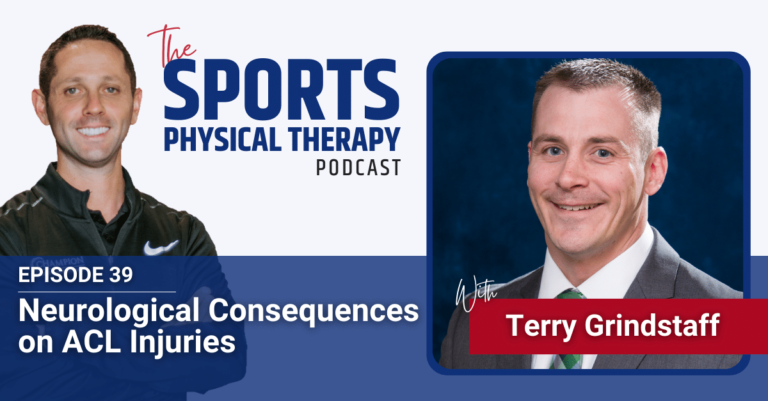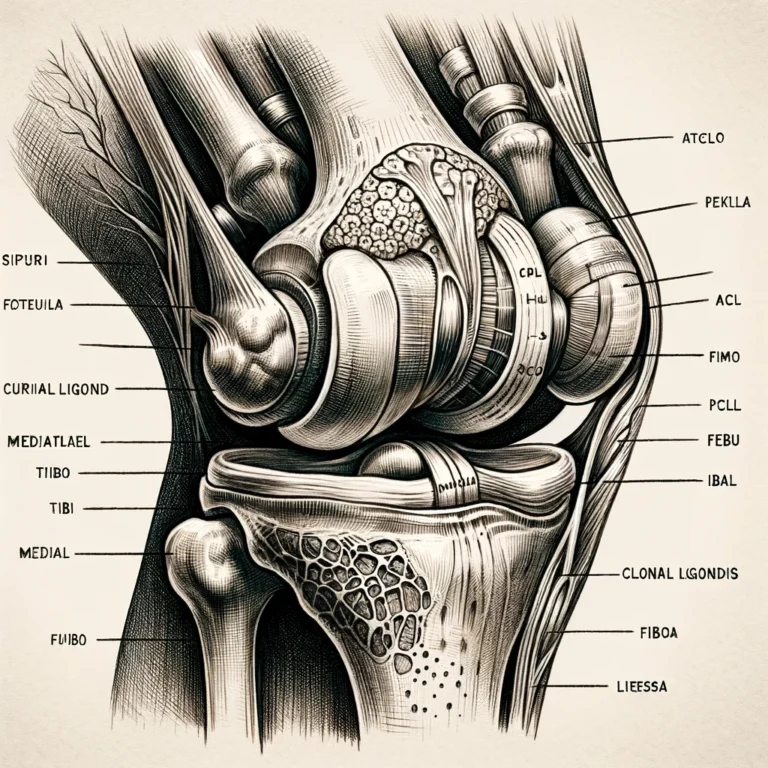CDC HEADS UP program increases concussion knowledge and injury communication
Randomized evaluation of CDC HEADS UP concussion education materials for youth sports coaches.
Kroshus E, Zhou H, Ledsky R, Sarmiento K, DePadilla LJ Neurotrauma. January 24, 2023. doi: 10.1089/neu.2022.0504. E-publishing prior to printing. PMID: 36694461.
https://pubmed.ncbi.nlm.nih.gov/36694461/
Take home message
After youth sports coaches were introduced to the Centers for Disease Control and Prevention (CDC) HEADS UP materials for a season, more coaches reported better concussion knowledge and communication with athletes about concussion safety than before the season.
Background
Coaches play a key role in shaping the way athletes learn and report concussions. One of the most prominent and comprehensive forms of concussion education for youth coaches is the CDC HEADS UP program’s online training. Although the educational content has been evaluated, randomized control trials are lacking to assess how the CDC HEADS UP program influences behavioral changes during a sports season.
Study aim
The authors examined youth sports coaches’ communications with youth athletes regarding concussion safety during a sports season in the presence of the CDC HEADS UP program and a typical education strategy.
Methods
The authors randomized 75 YMCA chapters in 15 regional associations (764 youth sports coaches) to receive the CDC HEADS UP training or control (their typical teaching strategy). The coaches answered demographic questions such as sex, the sport they coach and history of concussion claims. The CDC youth sports materials consist of four main components: 1) an online training module completed before the start of the season, 2) additional resources (stickers, poster, fact sheet), 3) 8 weekly CDC Heads-up messages for coaches to relay the athletes, and 4) guidance on how local organizations can integrate HEADS UP resources and messages with existing YMCA values. The coaches completed surveys before and after a competitive season. The authors then assessed communication behavior with three questions:
- “Have you met your athletes?” (Yes No)
- “Have you reviewed the YMCA rules regarding concussion safety with your athletes?” (Yes No),
- “How many times have you talked informally with athletes on your team about concussion safety?” (never/occasionally/often).
The authors also evaluated communication intention by rating how likely they are to hold a team meeting to talk formally or informally about concussion safety. They also evaluated concussion identification (knowledge of signs/symptoms), concussion management (likelihood to return an athlete to sport), and exposure to concussion information without intervention (app, TV/movie, website information) .
Results
A total of 537 coaches (82% male, 93% coached high-contact sports, 20% concussion diagnosed) completed pre-season surveys (432 in intervention, 105 in control) and completed 411 post-season surveys (295 in intervention). . , 116 under control). Unfortunately, only 184 coaches completed the pre- and post-season surveys (148 during the intervention, 36 during the control). Overall, demographics were similar between groups, although coaches in the intervention group were more likely to coach a high-contact sport.
After coaches were introduced to the HEADS UP program, more coaches communicated with athletes about concussion safety than before the season. Those in the control group may also have more coaches communicating with athletes, but most likely this improvement was less than in the Heads Up group. Concussion knowledge and communication intent were greater at season’s end among coaches who received the HEADS UP program. The authors did not observe this improvement among coaches in the control group.
Viewpoints
The CDC HEADS UP program is the most widely used concussion program in the United States. The program has important content and increases a coach’s knowledge immediately after completion of the program. This study suggests that the program can also improve communication and knowledge over a season. To know for sure, however, we need a large randomized trial comparing changes in communication behavior and knowledge over a season between a group of coaches who completed the HEADS UP program and another group who received regular training. Understanding how well the HEADS UP program performs in the real world can help us determine if any additional educational materials are needed during the season. In the meantime, this research provides further support for the CDC Heads UP youth sports materials.
Clinical implications
Clinicians should encourage youth sports organizations to adopt and adapt the CDC HEADS UP program. If a doctor is concerned about the effectiveness of the material, he can supplement the material with his resources.
Questions for discussion
Do you use CDC Heads Up Materials to train your student-athletes to be coaches? If so, have you seen similar results in communication and knowledge? If not, what do you use for your concussion education?
related posts
- Improving Concussion Education: Consensus from the NCAA Department of Defense Mind Matters Research and Education Grand Challenge
- Peer-led concussion education can improve concussion knowledge and reporting behavior
- Concussion education videos. Viewing once does not help with Info Stick
- Coaches are provided with information about concussions with a five-minute fact sheet
- Concussion knowledge is getting better, but concussion reporting is getting worse
- Better attitudes can improve reporting habits
- Center for Concussion Education and Research – Peer Concussion Education
Written by Jane McDevitt
Reviewed by Jeffrey Driban






